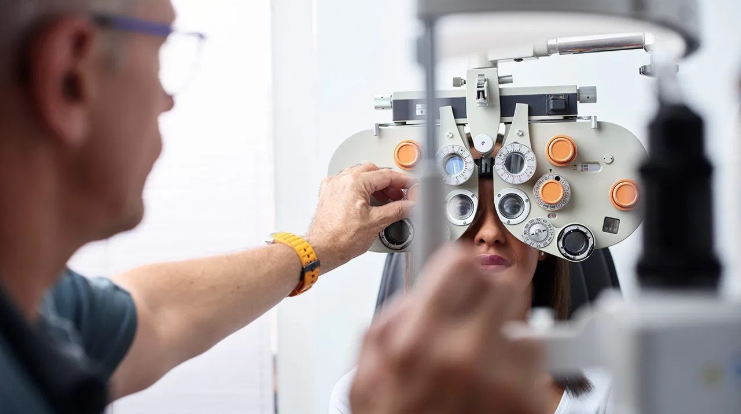NEW YORK (Reuters Health) – In schizophrenia patients, single sessions of continuous theta burst stimulation (cTBS) over the right inferior parietal lobe (IPL) briefly but “substantially” improved gesture performance accuracy and manual dexterity, researchers say.
“Single sessions of transcranial magnetic stimulation (TMS) last about one to three minutes and result in a temporary change in local brain function that lasts for approximately 30 minutes,” Dr. Sebastian Walther of the University of Bern in Switzerland told Reuters Health by email.
“Other TMS protocols are used to treat neuropsychiatric conditions and repeated daily administration of TMS for 2-3 weeks typically enhances the behavioral effect for a duration of several weeks or even months,” Dr. Walther said. “Thus, the single sessions tested in our study are not useful in clinical settings, but repeated administration may work out well. It could also pave the way to enhancing the training effects of group psychotherapy. The idea is to prepare the relevant brain network using TMS in order to amplify the training effects that are exerted by psychotherapy.”




